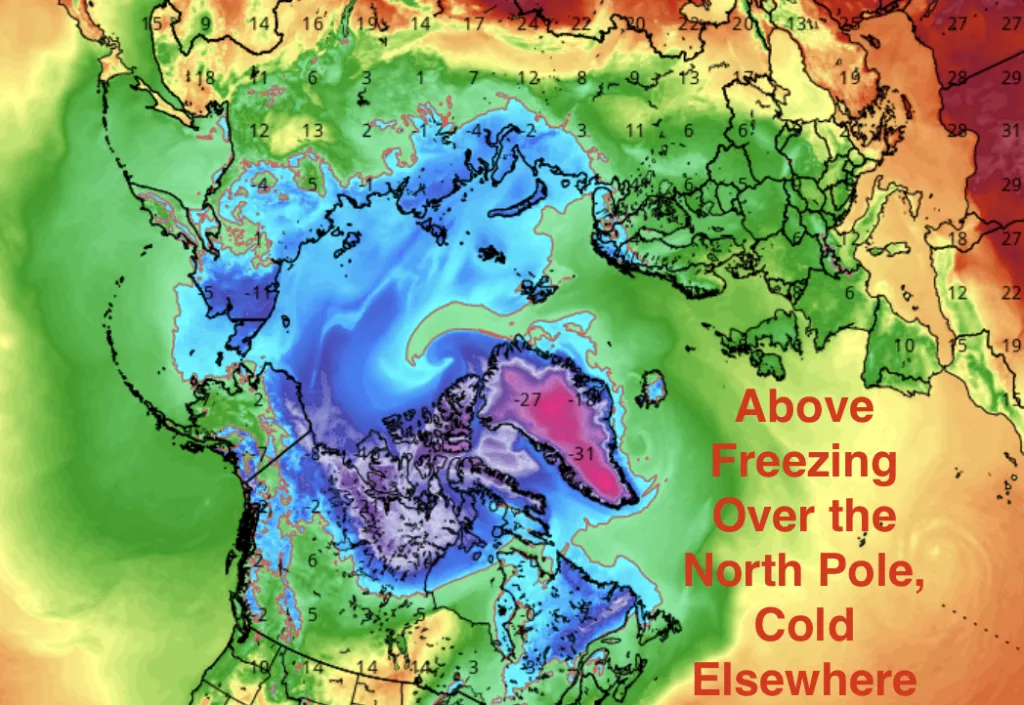
A large and strong spiraling mass of cold air descended over Europe the first week of May, 2025. This cold air can be felt from eastern Germany to western Russia, from Finland down to Greece. Originating in the Arctic, this mass of cold air is a result of the warming of temperatures in the Arctic stratosphere. As a result of the warmth of spring, with daylight returning to high northern latitudes, warm air seeping into the Arctic Circle causes a disruption in the pattern of low-pressure, cold air that normally circulates there. This circulating pressure and temperature phenomenon is called the polar vortex.
But what actually is the polar vortex? It is an area of low pressure and cold air around the North and South Poles of the Earth. This area of low pressure reinforces itself through the lack of warming sunlight throughout the autumn and winter before warming temperatures associated with the increased sunlight of spring cause the eventual collapse of the vortex. After a Sudden Stratospheric Warming (SSW) event, when a mass of warm air suddenly collides with and disrupts the flow of the polar vortex, masses of cold air can get pushed further south.
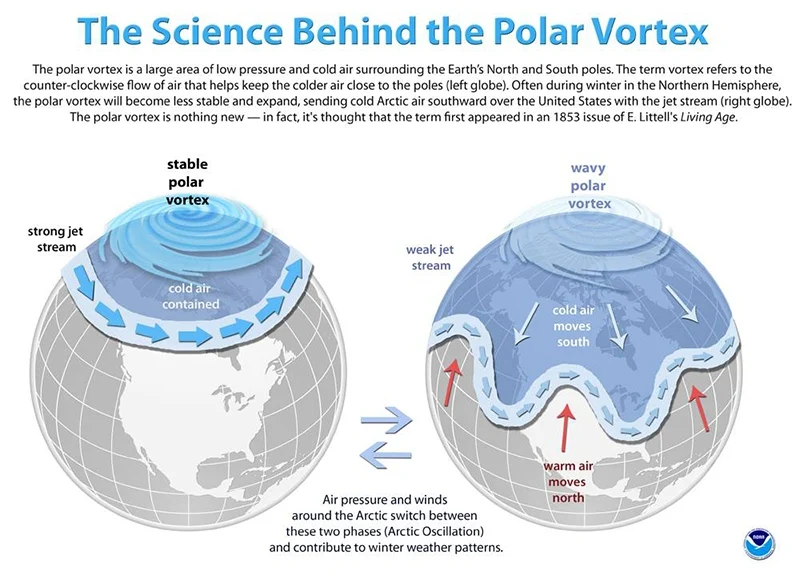
In the animation below based on recent Global Forecast System (GFS) models, we can see three large masses of cold air below normal average temperatures over the Northern Hemisphere. One of them is upper left of center in northeastern Siberia, the other to the right of center in Eastern and Central Europe and the last one below the center in northern Canada. These three cold air masses contrast with the mass of warm air in the center of the animation around the North Pole in the Arctic. The animation shows that the polar vortex has collapsed, cold air that normally remains in far northern latitudes has pushed south, resulting in a long period of temperatures far below normal during late spring in the areas affected. The polar vortex essentially split into three separate masses of cold air that will slowly decay over time over coming weeks.
What makes 2025 special is that this year, the final Arctic stratospheric warming event occurred earlier than any year since 1958 according to the National Oceanic and Atmospheric Administration of the United States (https://www.climate.gov/news-features/blogs/polar-vortex/early-interesting-end-2024-25-polar-vortex-season). This means an earlier and more persistent disruption in the flow of polar air masses throughout the Northern Hemisphere spring. The earlier the final stratospheric warming event occurs in the Northern Hemisphere, the sooner the end of the polar vortex season. With the polar vortex season ending, systems with high pressure and temperature can persist over the Arctic for weeks, as there is no risk of the polar vortex reforming. This forces low pressure systems and the low temperatures associated with them out and away from the Arctic, flowing south into populated areas of North America and Europe even late into the spring.
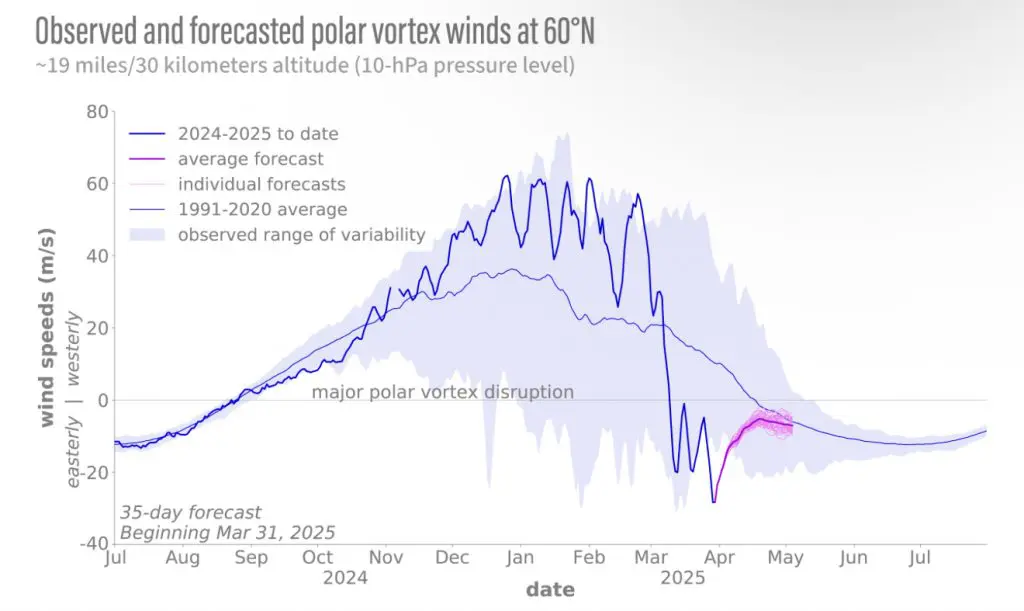
In the late Spring, these sudden, persistent masses of cold Arctic air occur much to the chagrin of the local populations. In European folklore, the feast days of four different saints are commonly associated with the last cold front of the spring. They are the so called Ice Saints, with Saint Mamertus’ feast day occurring on May 11th, Saint Pancras on May 12th, Saint Servatius on May 13th and Saint Boniface of Tarsus on May 14th. In some countries, Saint Sophia of Rome’s feast day on the 15th of May is also included. This year, in the hours past midnight on the 11th of May this year, many places in Central and Easter will struggle to avoid freezing temperatures, fulfilling the prophecy of the Ice Saints.
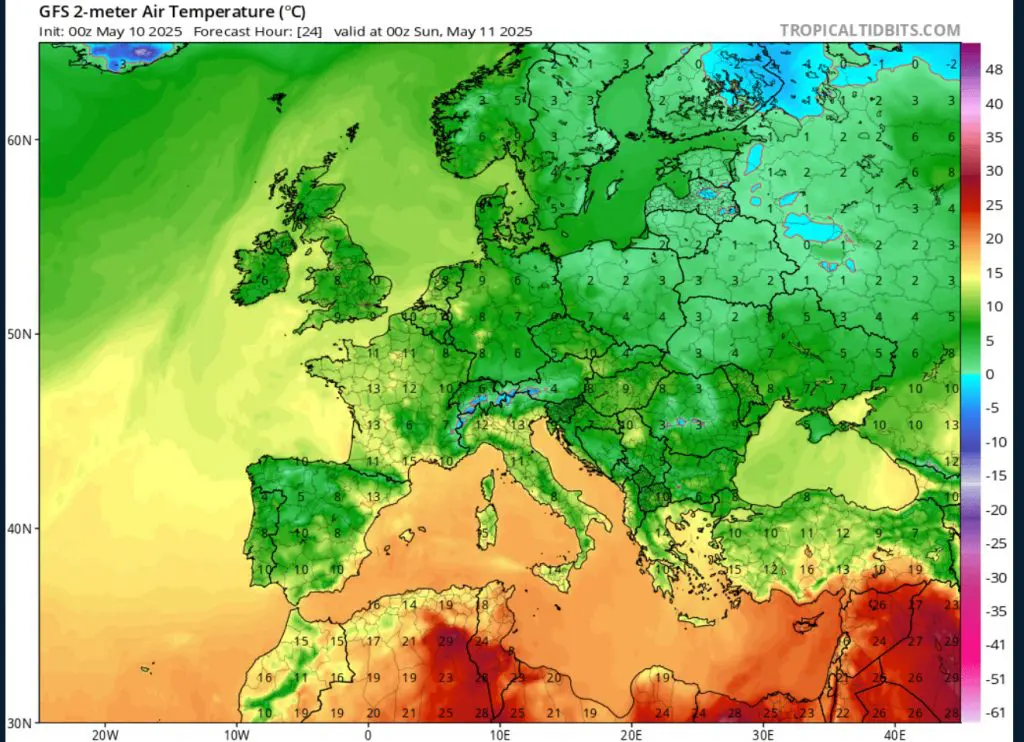
The current cold front over Europe is in stark contrast to the unseasonal warmth recorded around the world in both March and April. According to the European Union’s Copernicus Earth Observation Programme, March of 2025 was the warmest month of March in historical record in Europe going back to 1979, and the second warmest month in global record (https://climate.copernicus.eu/surface-air-temperature-march-2025). April, meanwhile, was Europe’s 6th warmest on record and Earth’s second warmest on record (https://climate.copernicus.eu/copernicus-second-warmest-april-globally-global-temperature-still-more-15degc-above-pre-industrial). These high temperatures are a prime reason for the premature collapse in the polar vortex this year and further high temperatures in the future could lead to a pattern of a permanently shortened polar vortex season. This has the potential to lead to greater weather variability outside norms and more extreme weather events occurring.

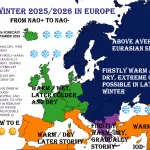
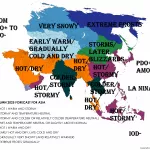


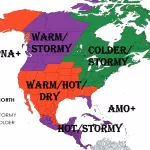
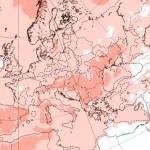
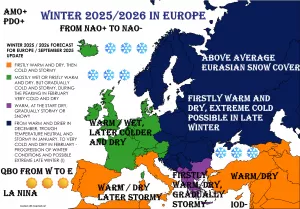
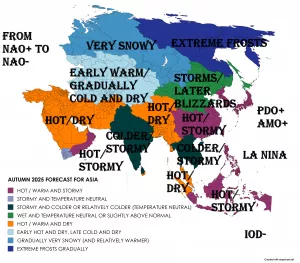

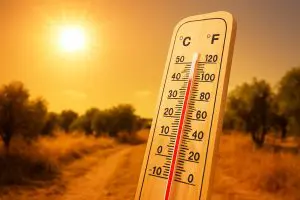
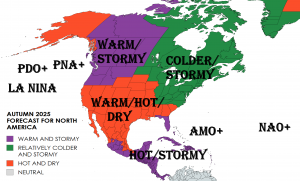
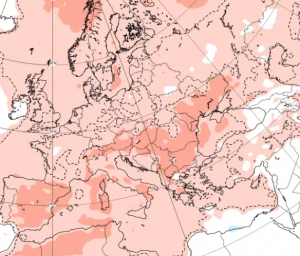
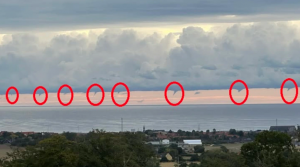

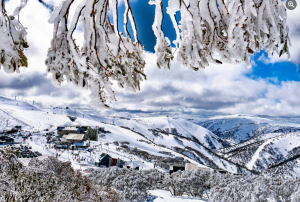



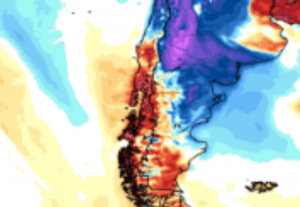

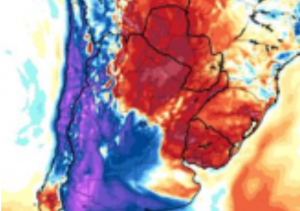





14 thoughts on “The Collapse of the Polar Vortex in 2025 and Late Season Cold in Europe”
Comments are closed.